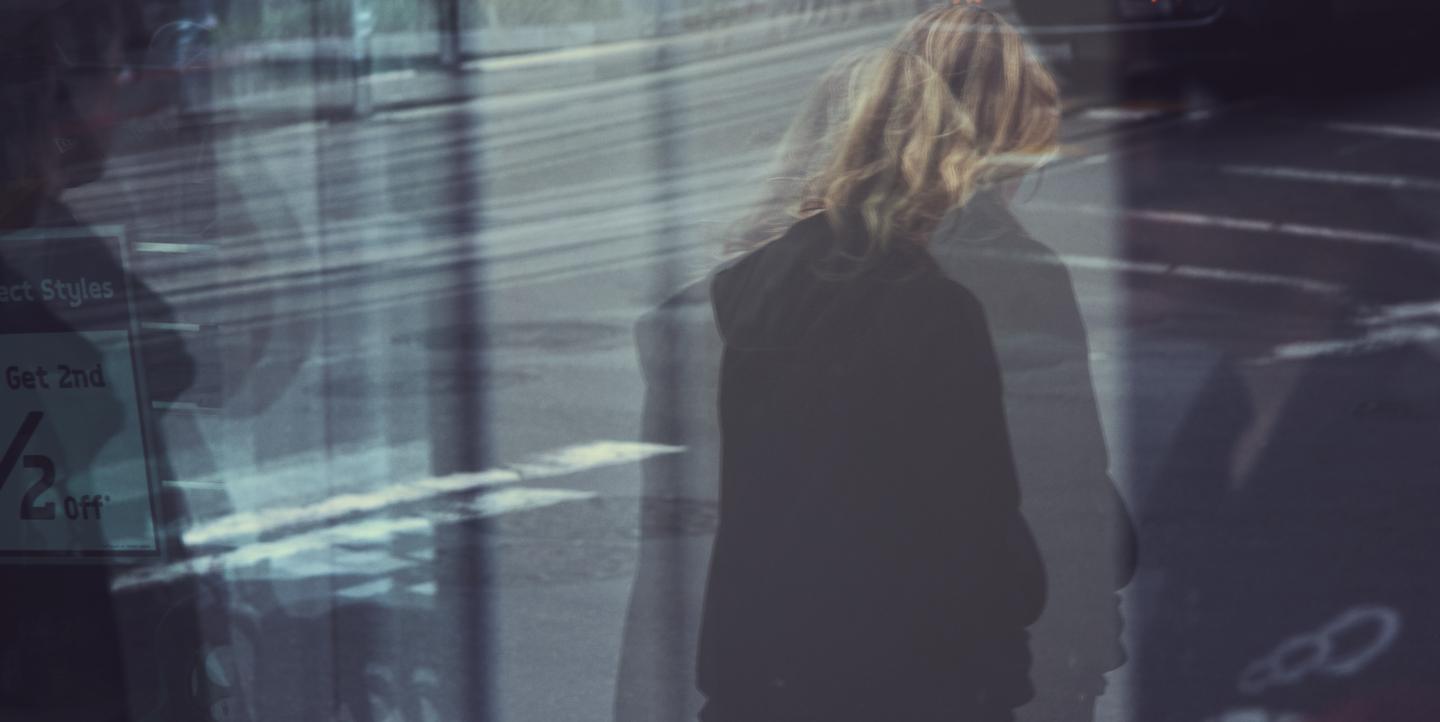From #MeToo stories to cases of forced marriages, sexual exploitation and femicide, daily media coverage about violence against women and girls indicates an increased attention to the problem and growing recognition of its scope and extent across societies. But as the topic becomes part of the public debate, it is crucial to analyze the way the media reports on such a sensitive issue.
A 2015 study from an Australian research organization highlighted a few common flaws in the way media portrays violence against women, including sensationalizing stories, perpetuating myths and misrepresentations, and direct and indirect victim-blaming.
Analyzing the content of 23 different international media guidelines, the study identified a few general recommendations for journalists: report the social context of male violence, use correct language and terminology, avoid shifting the blame onto the victim or offering excuses for men’s violence, consider how the selection of sources shape the story and provide information on where to seek help.
Beyond these helpful suggestions, addressing gender-based physical, psychological, economic and sexual violence is a complex practice that requires a deep understanding of the issue to best protect survivors, serve audiences and, ultimately, to educate and foster social change.
We talked to two journalists with experience in the field about reshaping mainstream narratives and challenging traditional reporting practices.
Assess dangers for sources
If you’re interviewing a vulnerable person who has been through a traumatic event, it’s vital to ensure that your story does not put their safety at risk.
“You need to almost do a risk assessment for your interviewees here, as some will have thought about this a lot, whereas for others it hasn't crossed their minds,” says Lara Whyte, freelance reporter and special projects editor at openDemocracy’s gender, sexuality and social justice vertical, 50.50.
Make sure the interviewee fully knows where the piece will appear and assess whether they are aware and ready for the publicity that might follow.
“Interviewing a politician is very different from interviewing a refugee, and the infrastructure of that person has an impact on what I will publish,” adds Whyte. “The key thing being here is that just because you can publish, doesn't mean you should.”
Conduct interviews carefully (and do not cry)
Whyte — who told the stories of many Yazidi women who survived ISIS atrocities — approaches her sources days or weeks before arranging a date for an interview, when possible.
“On the day, [we] start with a 'warm up' getting them talking and confident, and trying to glean some details of their life,” she says. “Then we go into the difficult stuff.I make it really clear that we can stop at any time, we can go back, there are no wrong answers and it’s okay if they want to stop, start again, or stop completely.”
Talking about extremely private and traumatic experiences, people may understandably end up crying.
“I wait and listen or if it's appropriate give them a hug,” says Whyte. “I never cry in interviews, [though] often I will find myself in tears transcribing or at the very end of a story if it is harrowing enough.”
The reason for this is that you never want to make someone feel like there is something that happened to them that is too much, she explains, while they are being brave enough to share it.
“[Once] the traumatic part of the interview is over — and again, I let them kind of guide this depending on their reaction — I do at least a ten minute warm down of questions,” she says.
Move beyond stereotypical images
Tears, bruises and blood — stereotypical depictions of violence against women — still dominate the media, according to Stefania Prandi, journalist and photographer who’s recently reported on the abuse of women farmworkers in Spain, Morocco and Italy.
Not only do these representations fail to communicate the complex reality of gender-based violence, she explains, but repeated exposure could increase the viewers’ tolerance towards different violent acts.
“I refused to follow these clichés that I deem derogative, harmful and useless,” Prandi says.
After spending two years investigating across farms in the Mediterranean area, she is now exhibiting the photographs she took in shows across Italy. Journalists may often feel pressured into sensationalizing their stories with dramatic shots, but it is important to avoid exploiting situations and people, instead focus on humanizing their experiences and respecting their boundaries.
“The show is comprised of portraits and pictures from the fields that [only show] what the farmworkers allowed me to photograph. It’s a work done respecting the limits that were asked of me,” she says.


